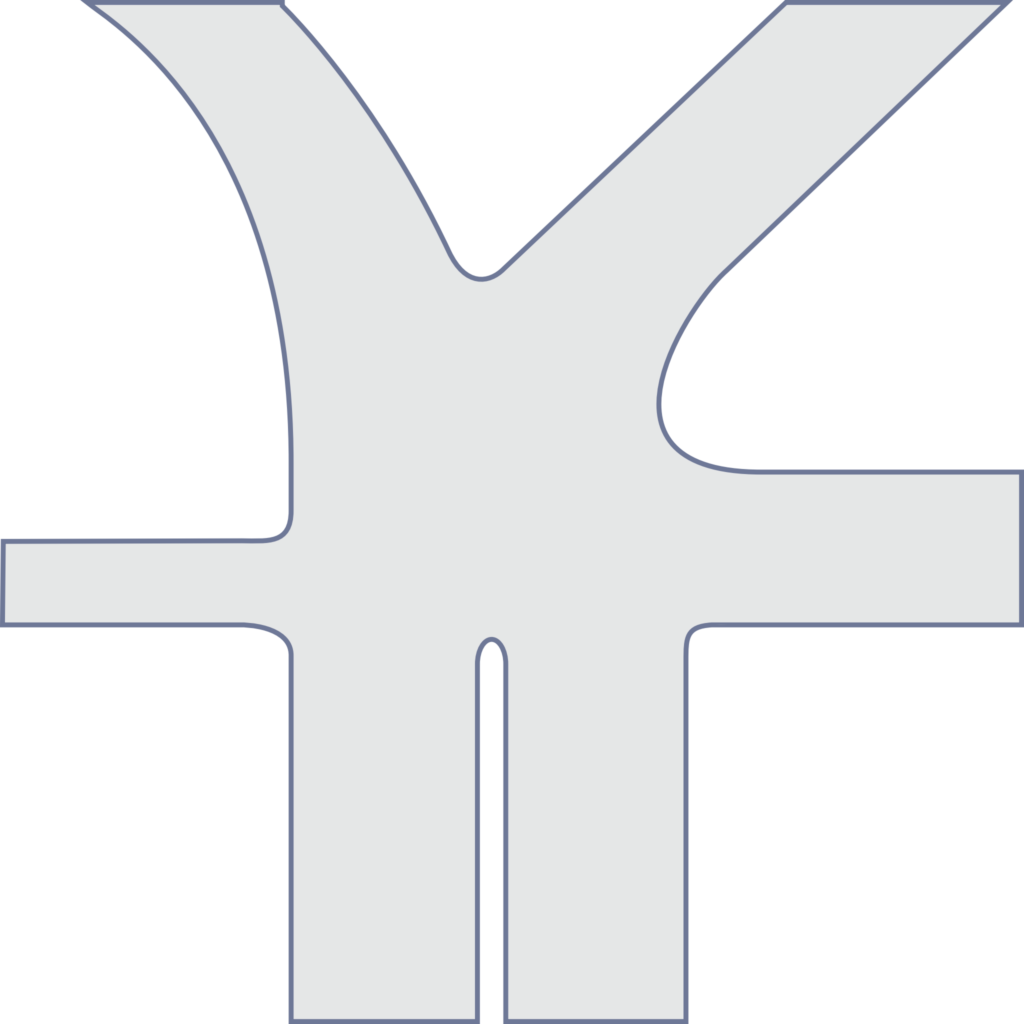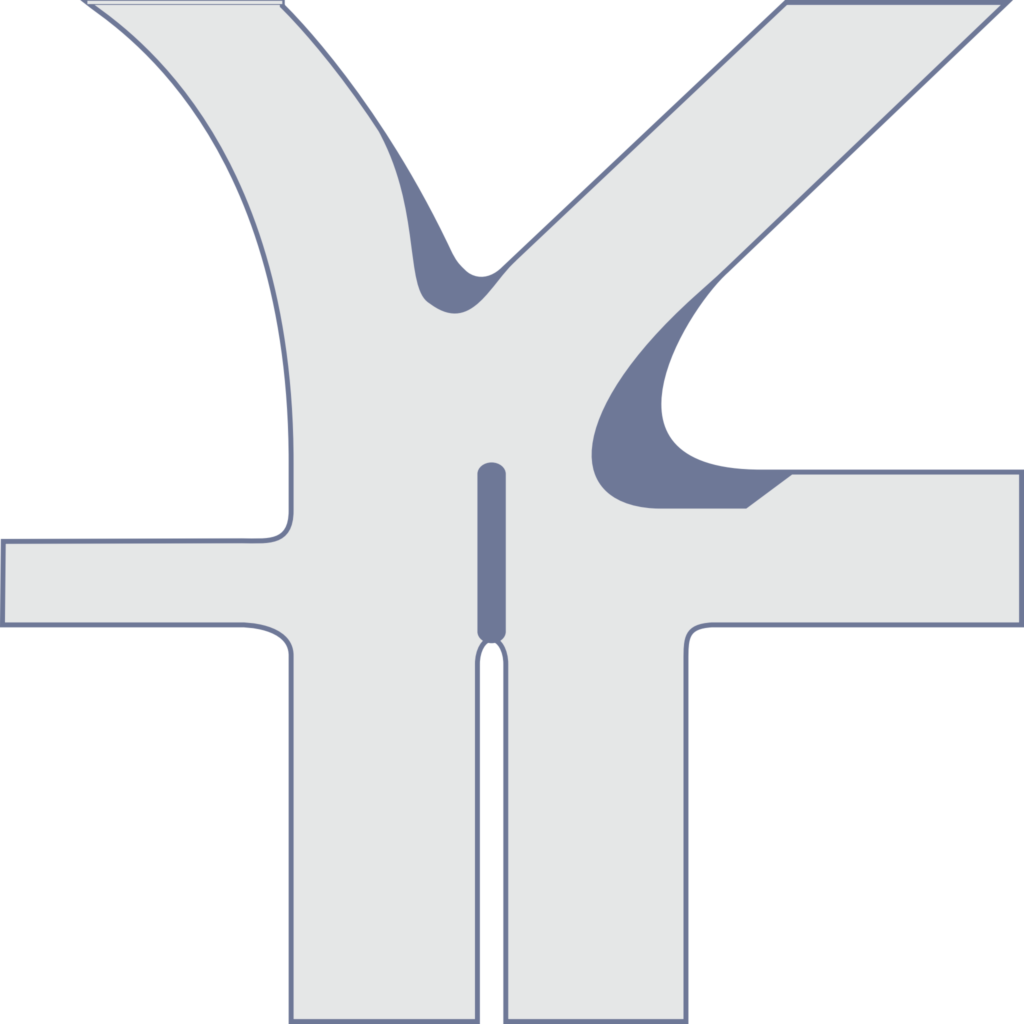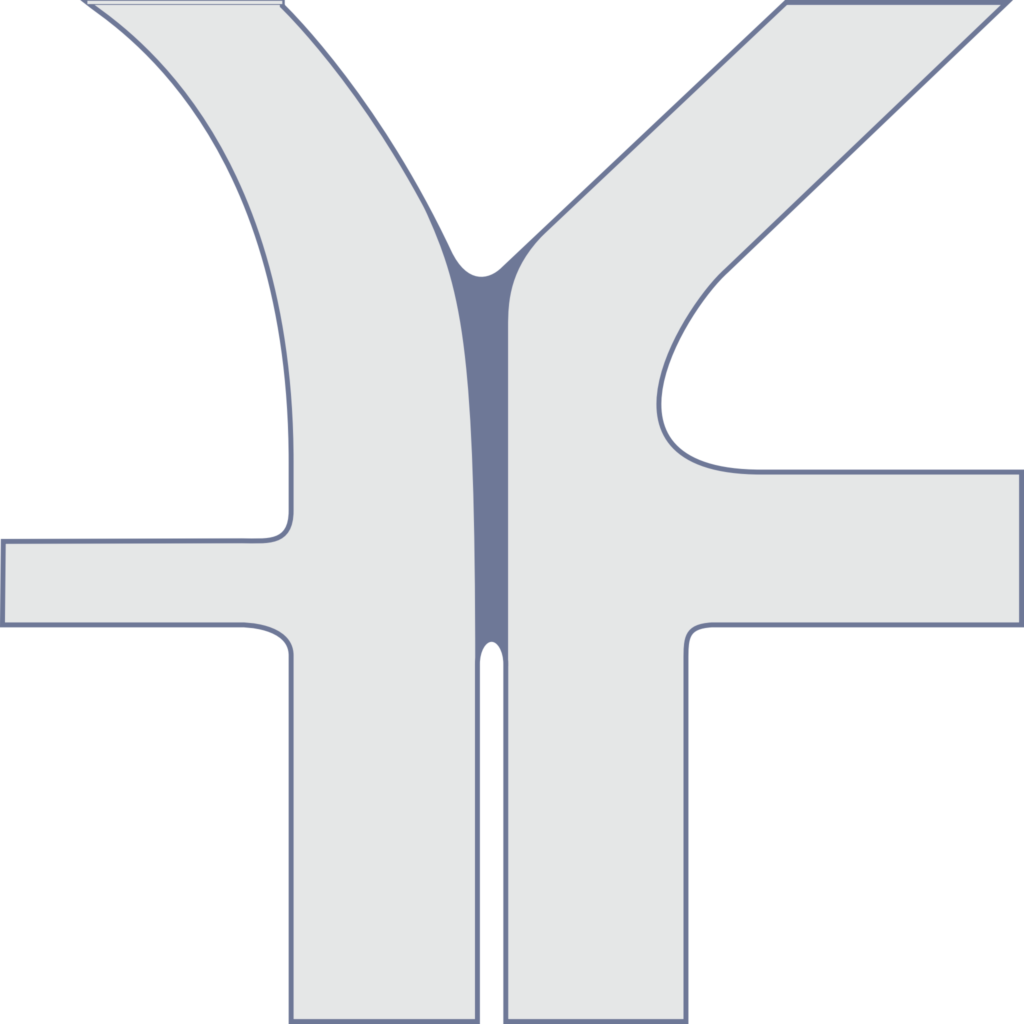Complex intersections, especially those situated at neighborhood centers or at the junction of several major streets, have tremendous potential to fulfill latent demand for public space. Irregular inter sections, which result from successive urban developments and alterations, often occur at the threshold between adjacent grids or where new or preexisting roads cut through the conventional neighborhood layout. Often overbuilt and confusing, these intersections present safety hazards to all users. Traffic flow and multiphase signals result in long delays for pedestrians and cyclists, while at the same time causing confusion among drivers. Acute angled intersections reduce visibility for motorists, while obtuse intersections allow for high-speed turns. Both acute- and obtuse-angled intersections create unnecessarily long pedestrian crossings. Redesign intersections as close to 90 degrees as possible, implementing turn restrictions and street reversals where applicable.
The following examples are all based on actual intersections.
Y-Intersection
Add island or square-off. Limit turning speed around obtuse angles; shorten crossings; separate vehicle flows.
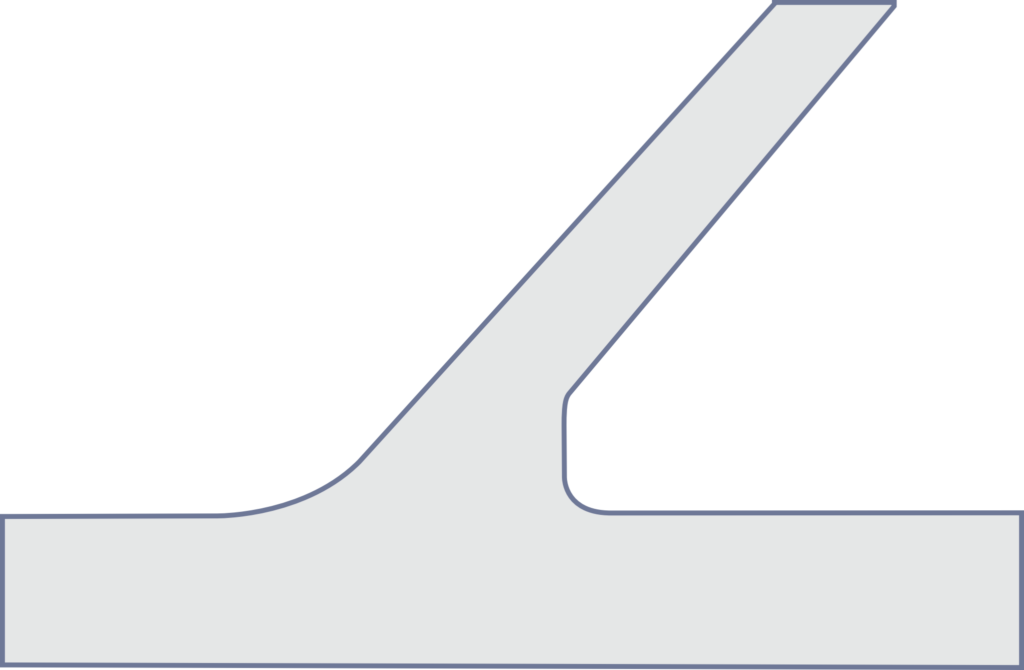

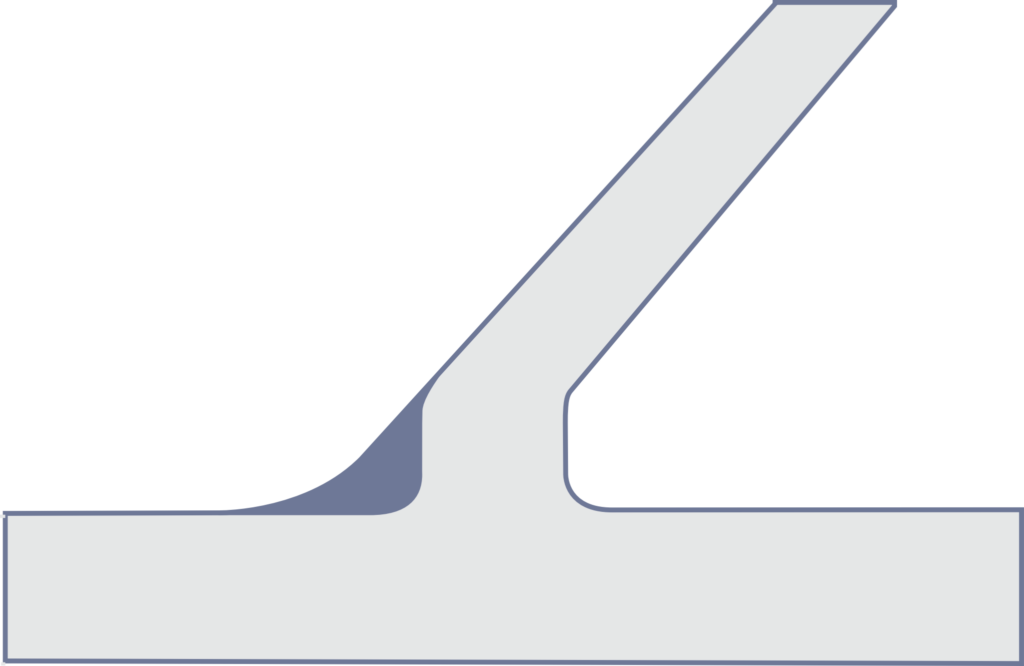
X-Intersection
Minimize footprint or create two mini-intersections. Mini junctions need to be far enough apart to operate as two or close enough to operate as one.
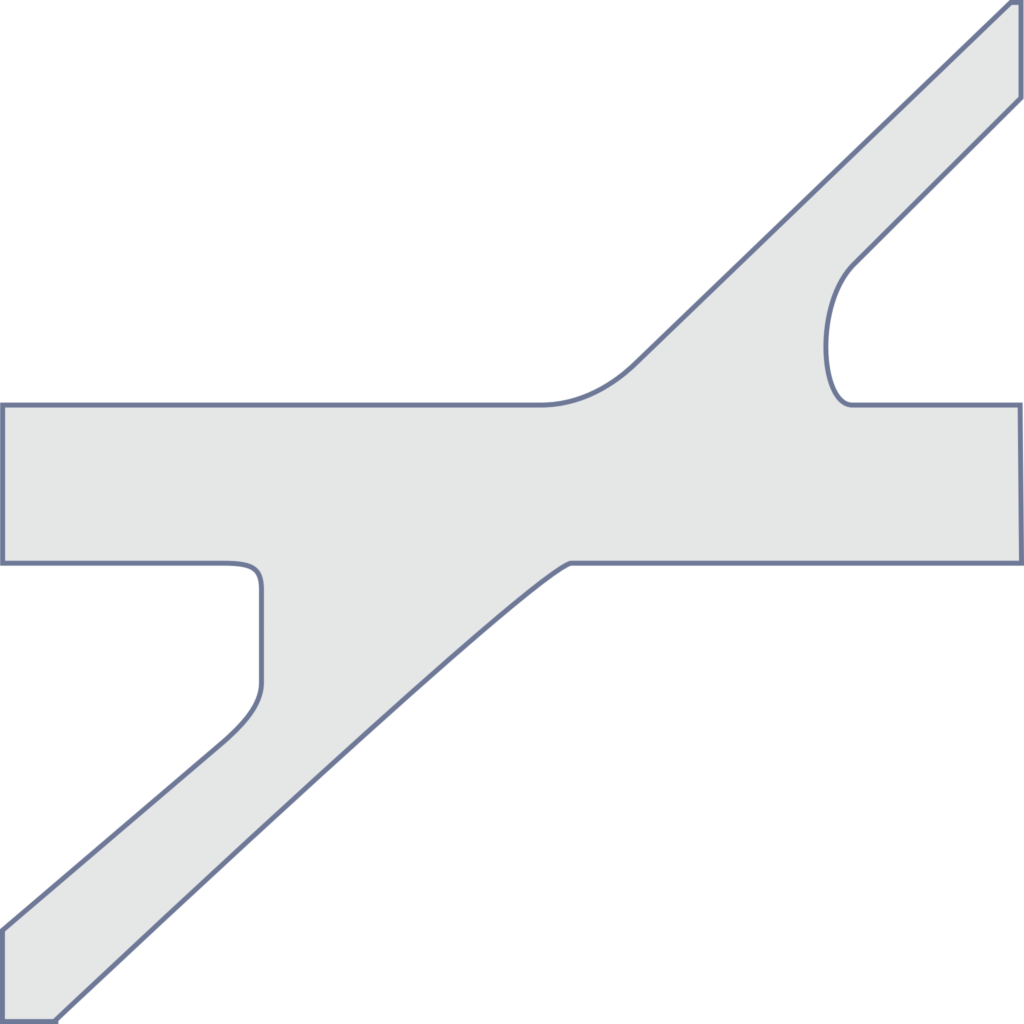
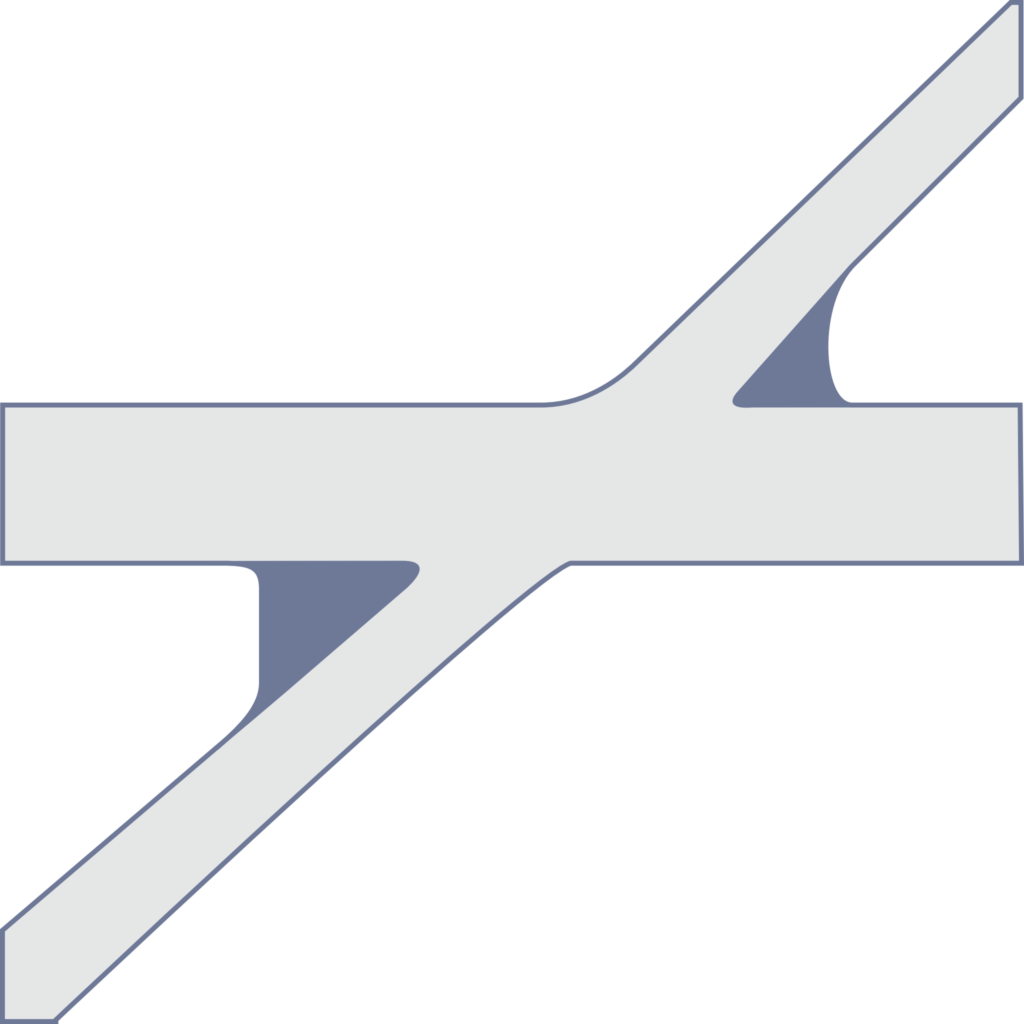
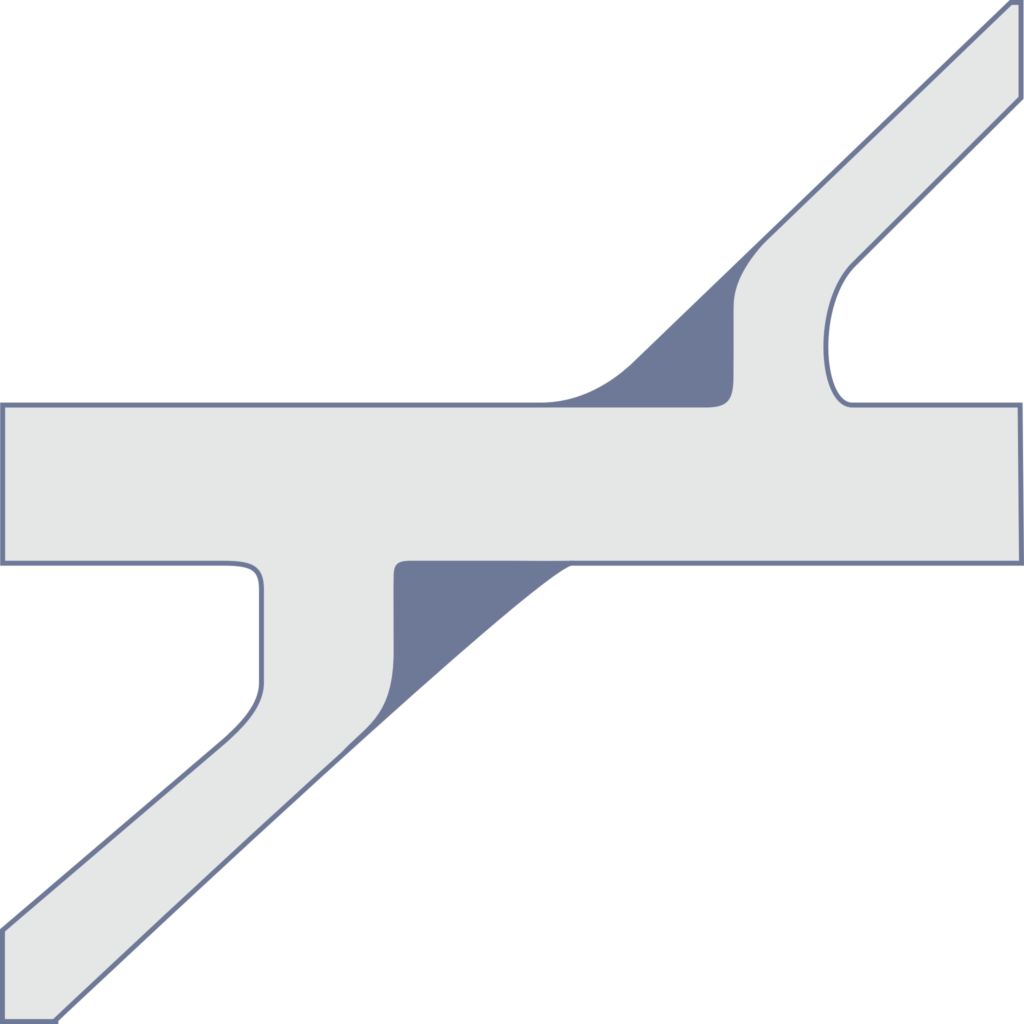
Five-Way
Square off and separate, or remove a leg. Some streets are ideal to serve as non-motorized routes.
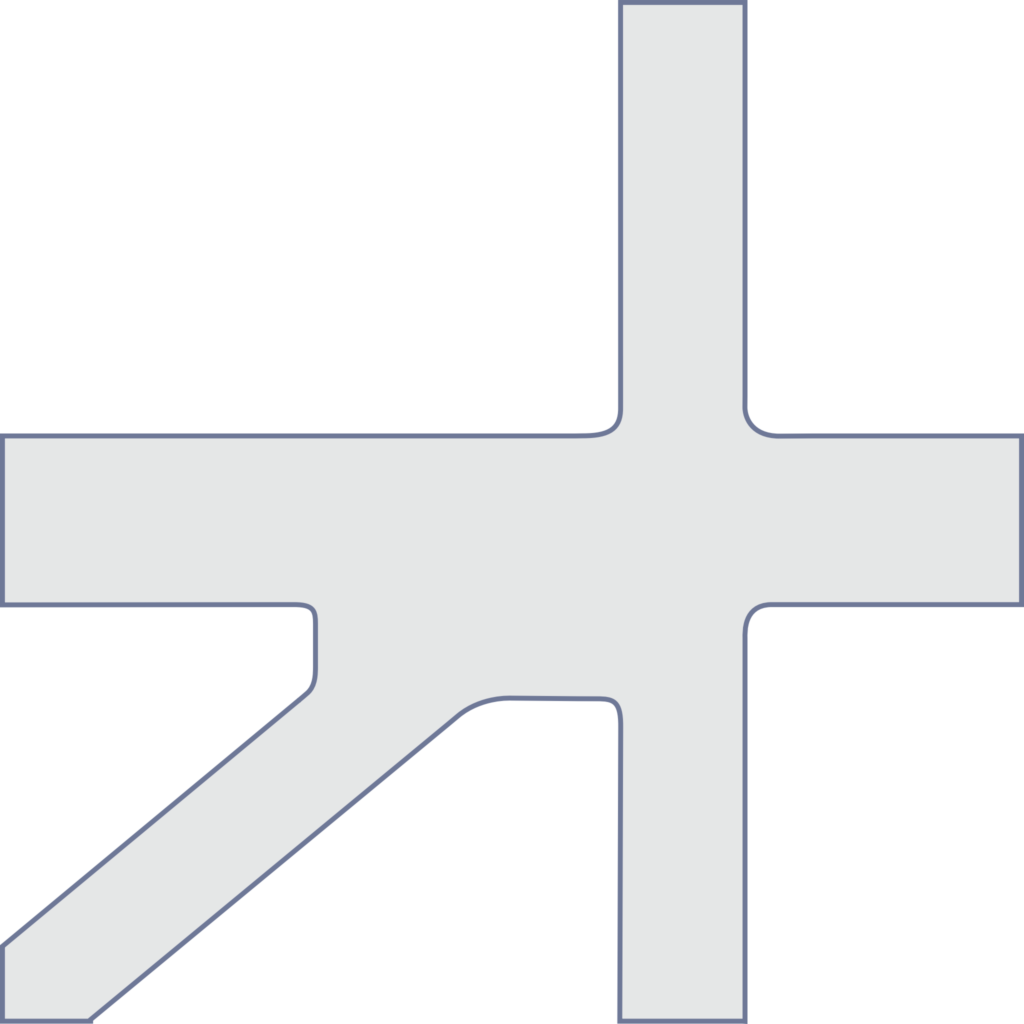
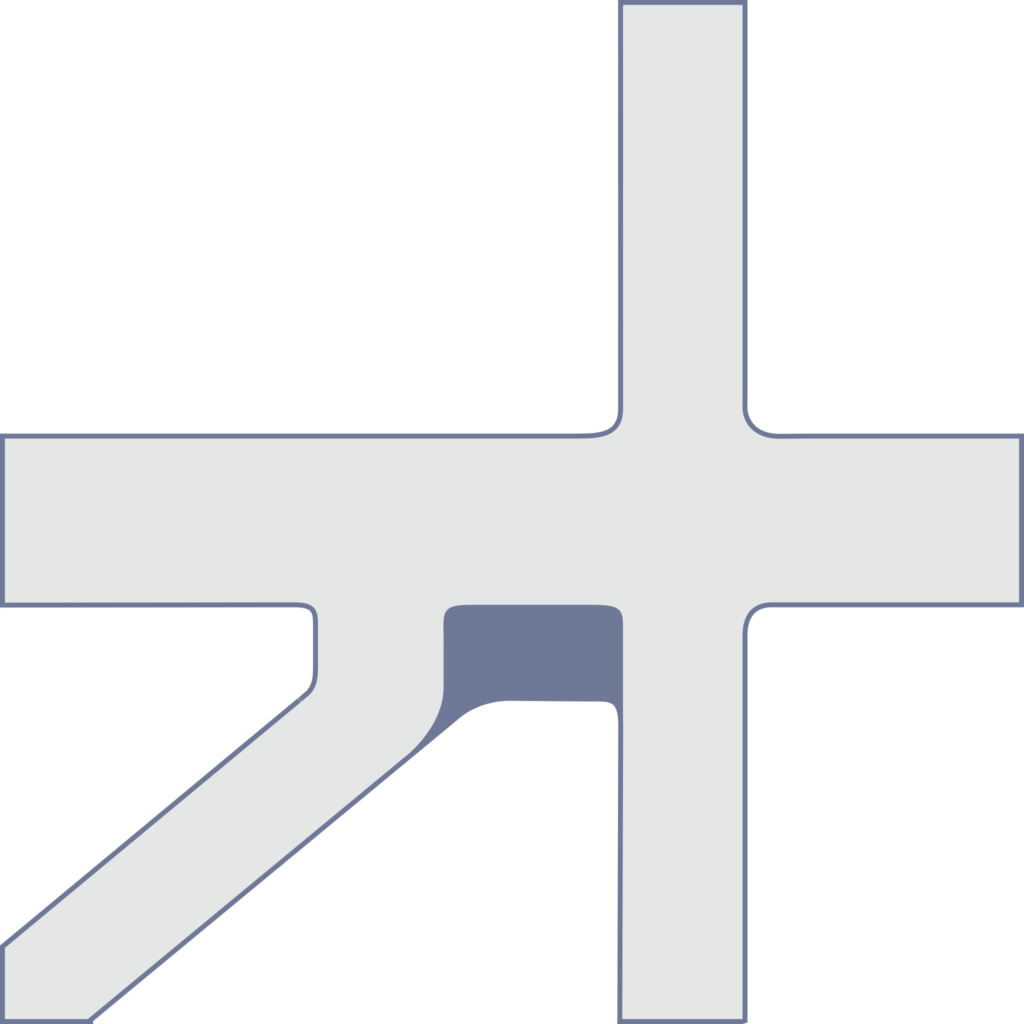
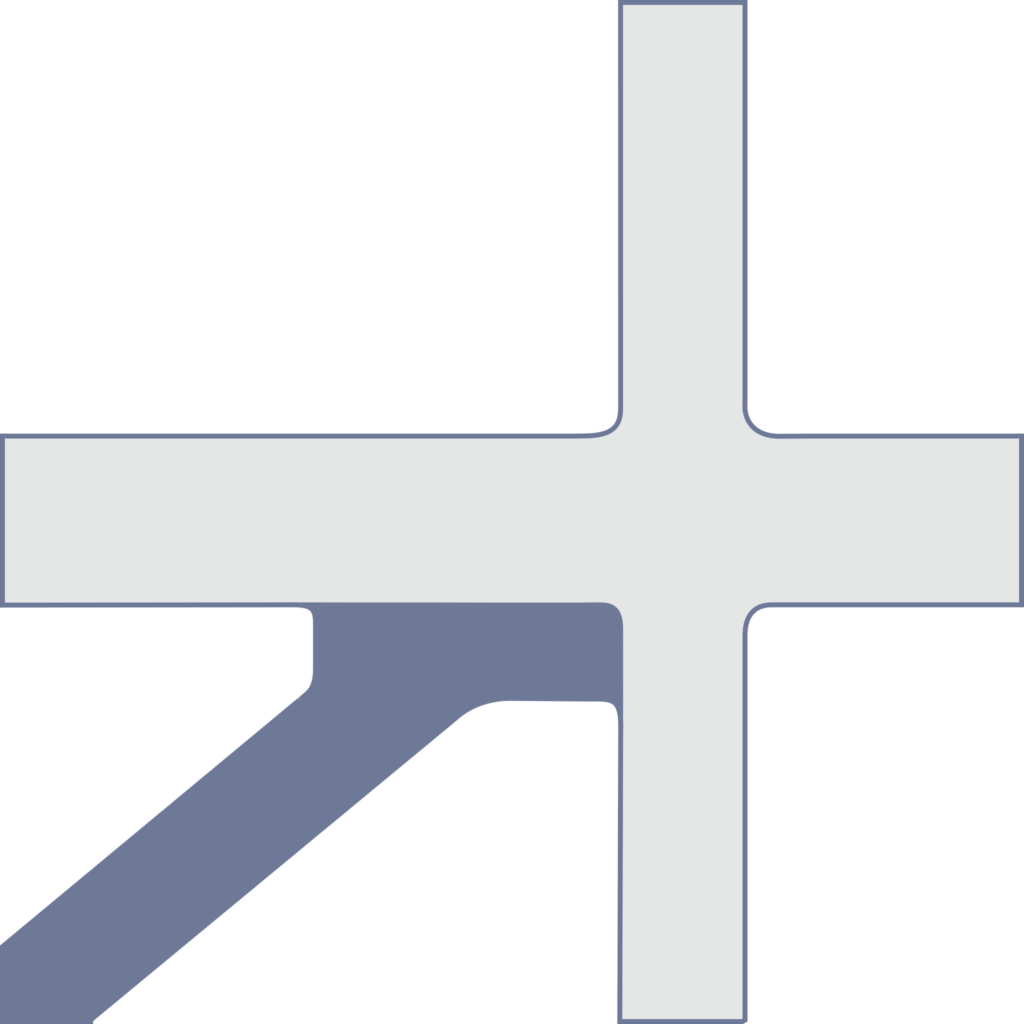
Grid Plus Circle
Prioritize either grid or circle. Maintain view corridor.

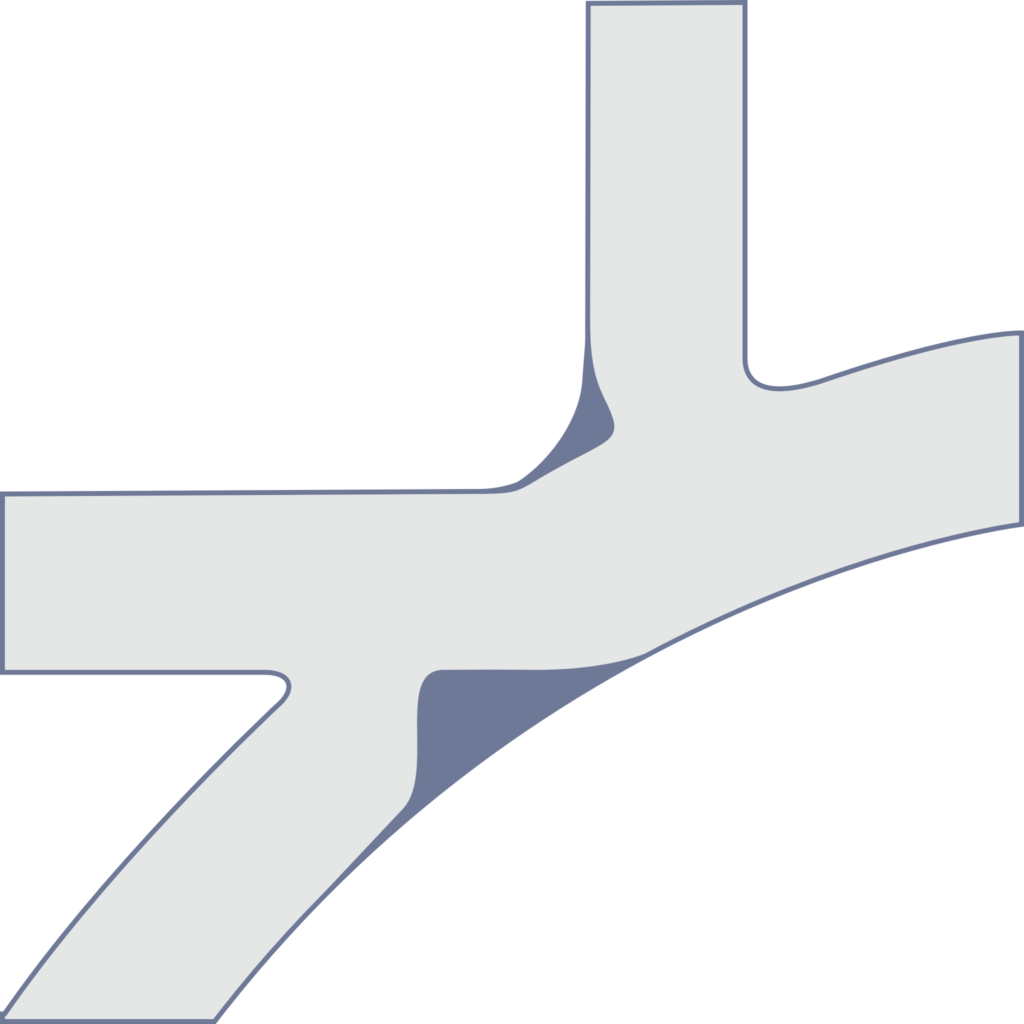
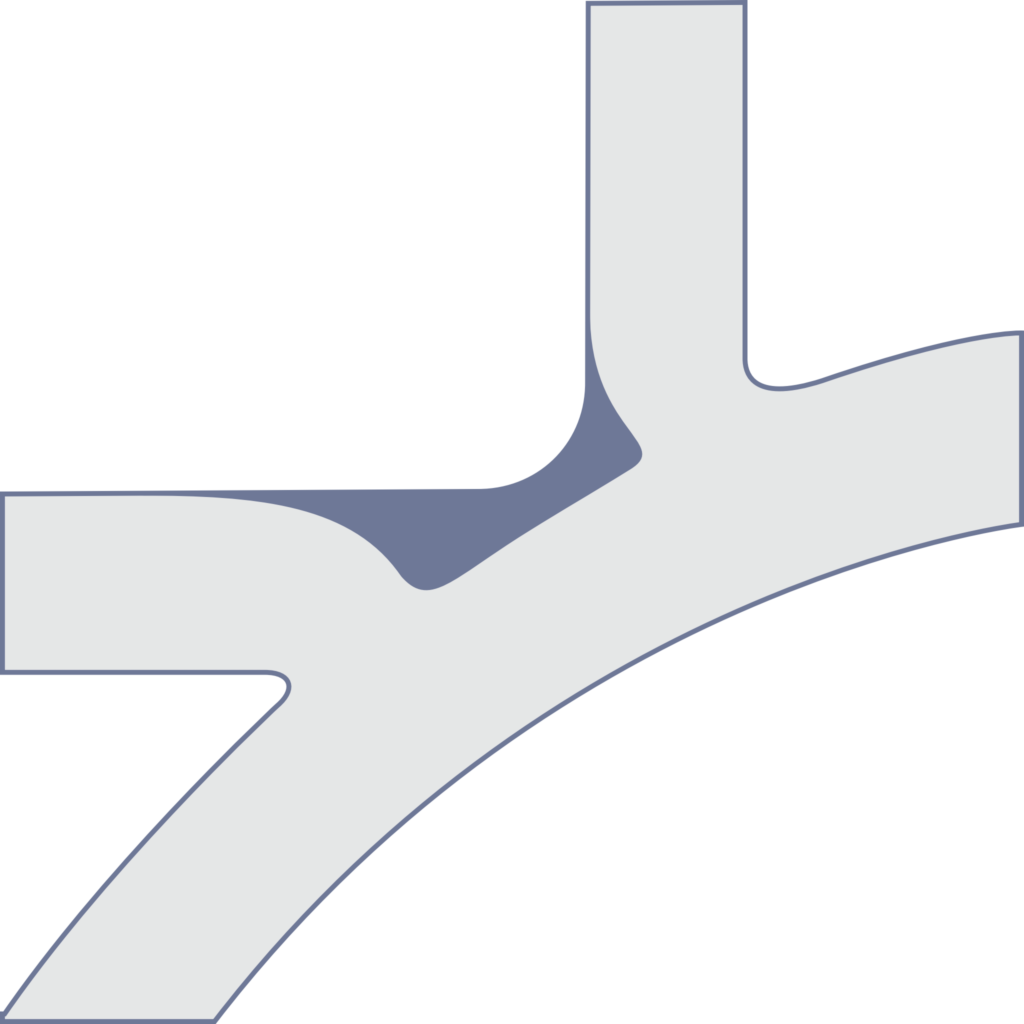
Y Plus Grid
Add island or square off. Limit turning speed around obtuse angles; shorten crossings; separate vehicle flows.
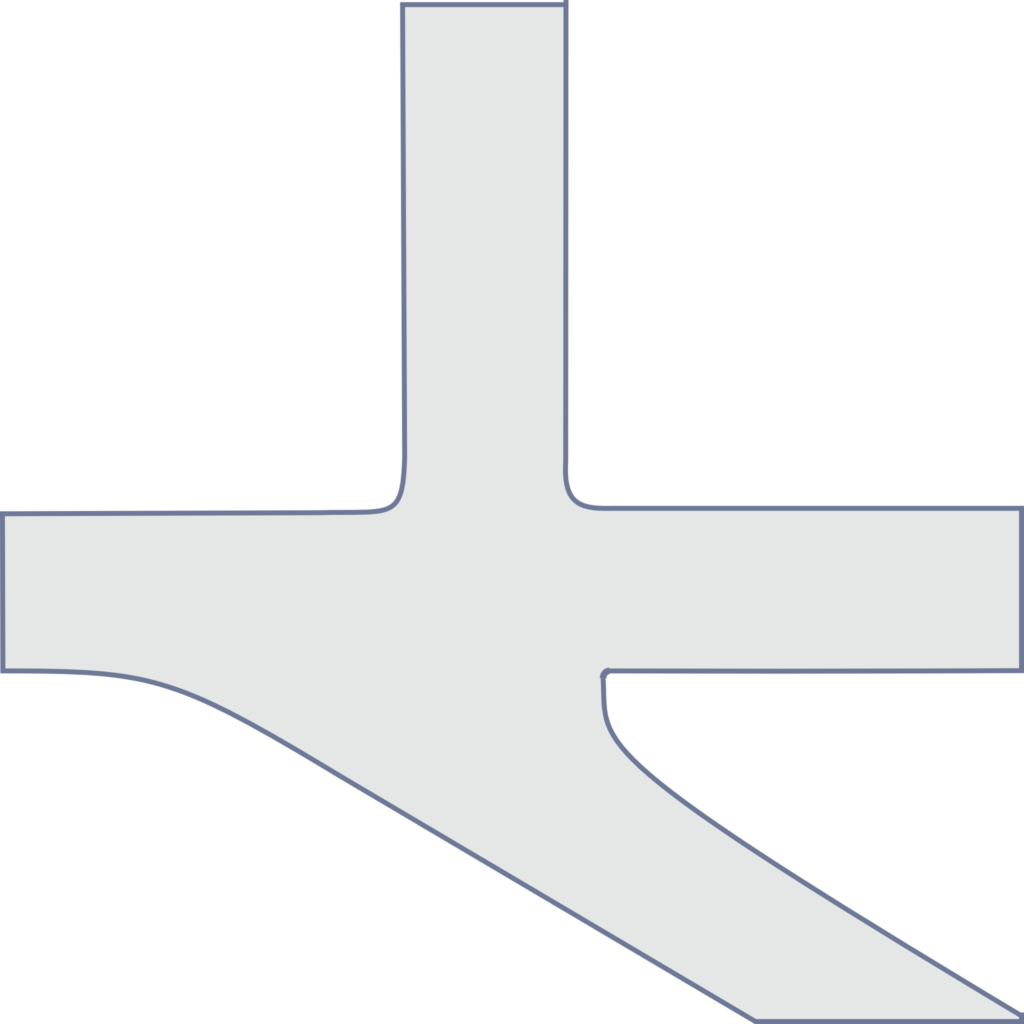
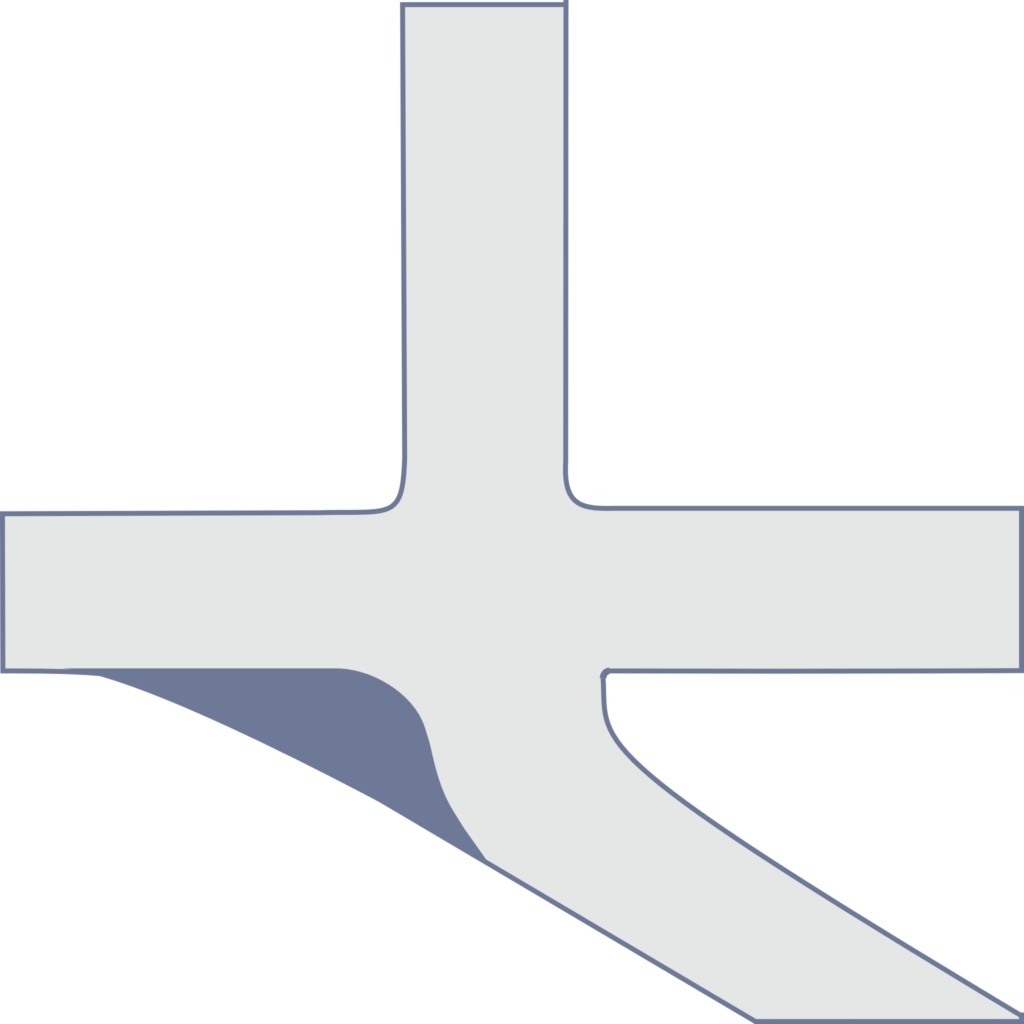
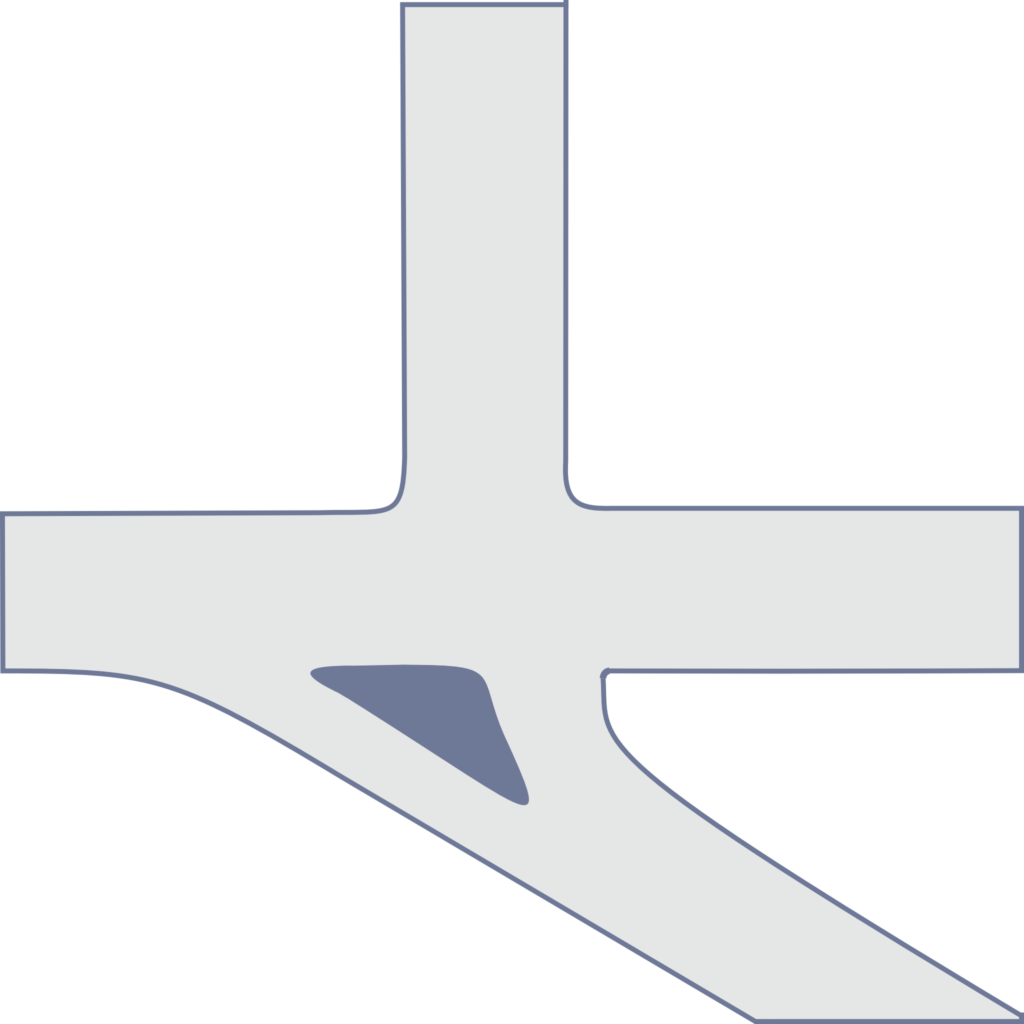
Small and Large
Use curbs to manage drivers. Extend medians.
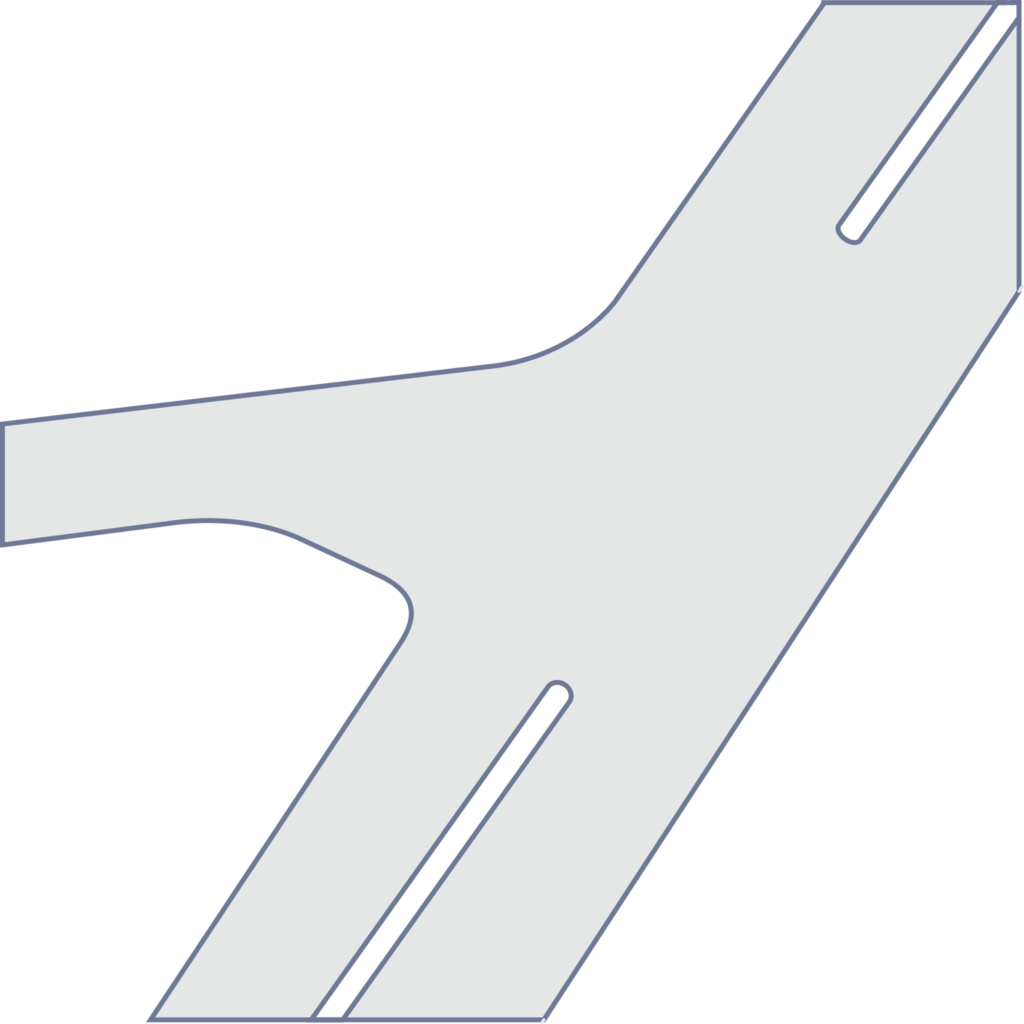
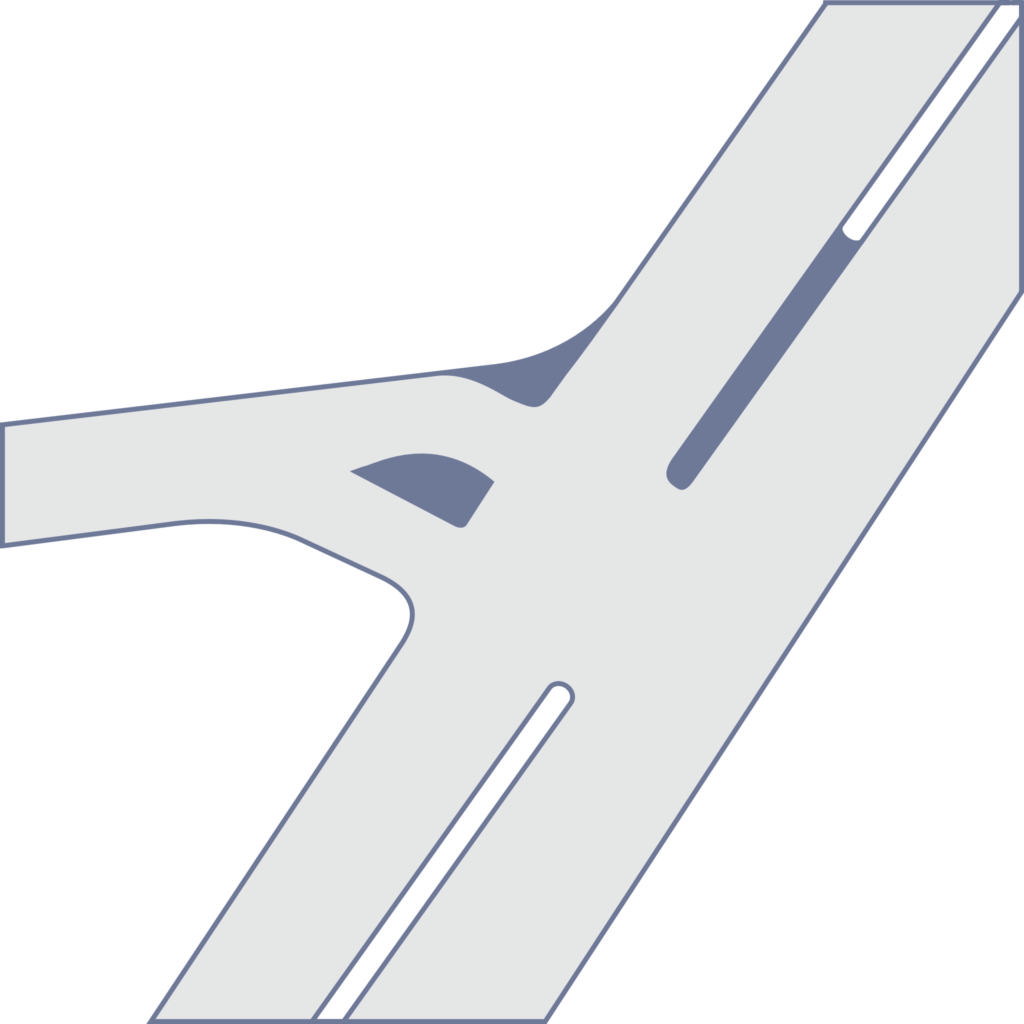
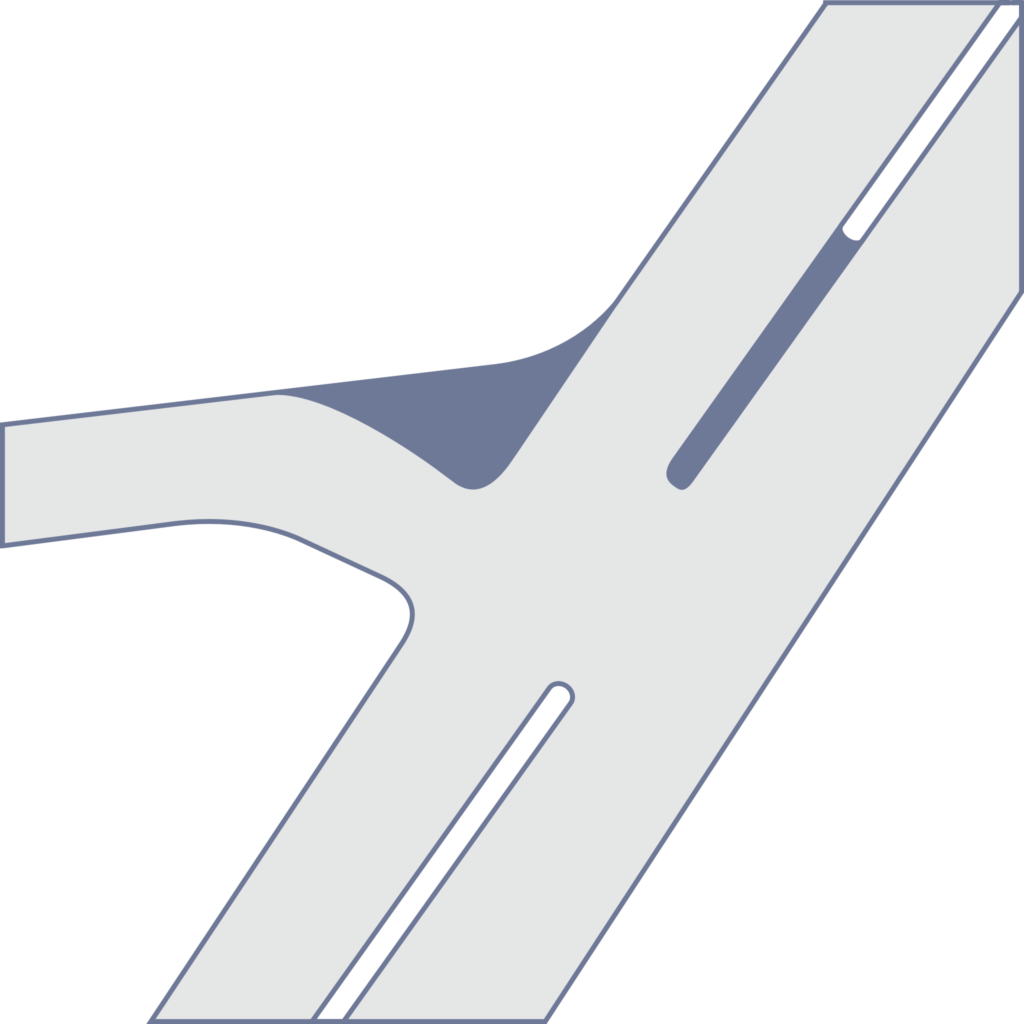
Grid Plus Large
Clarify and simplify. Convert redundant streets into greenswards.
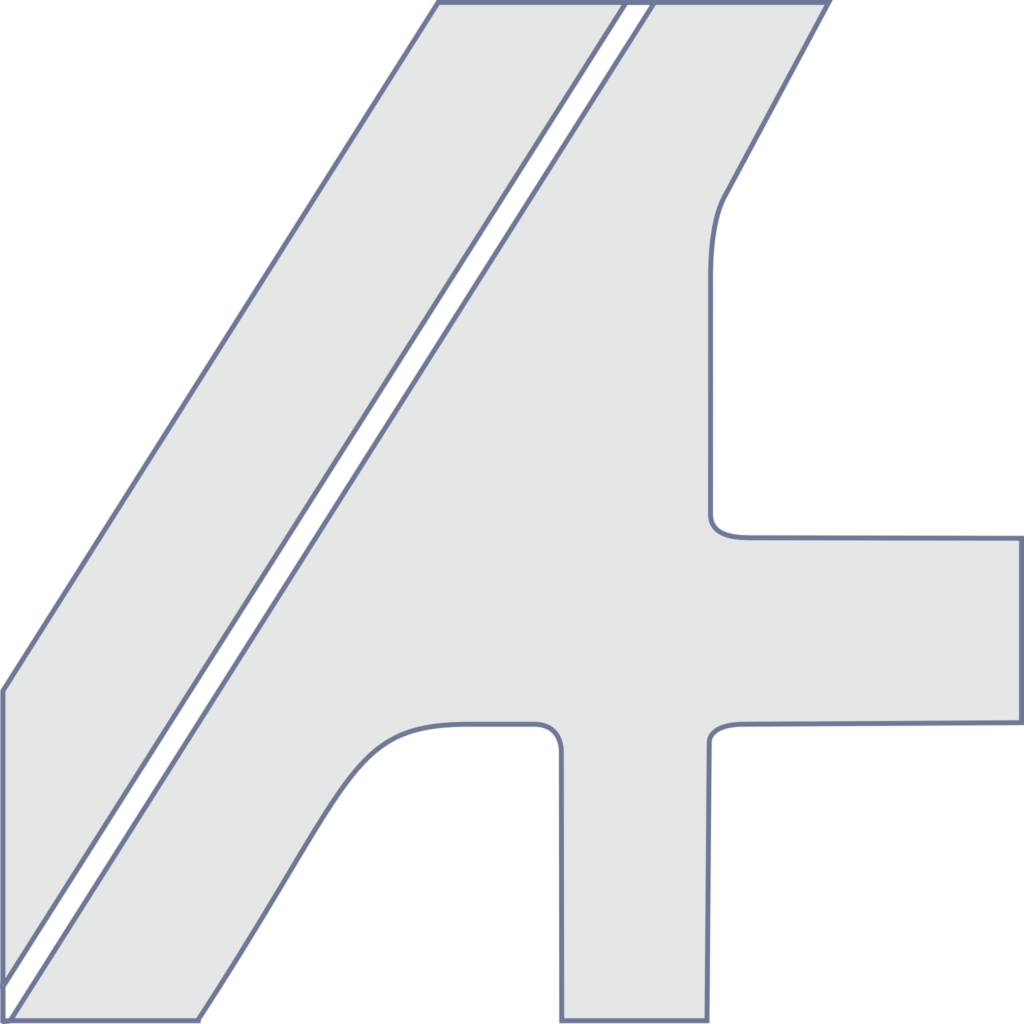
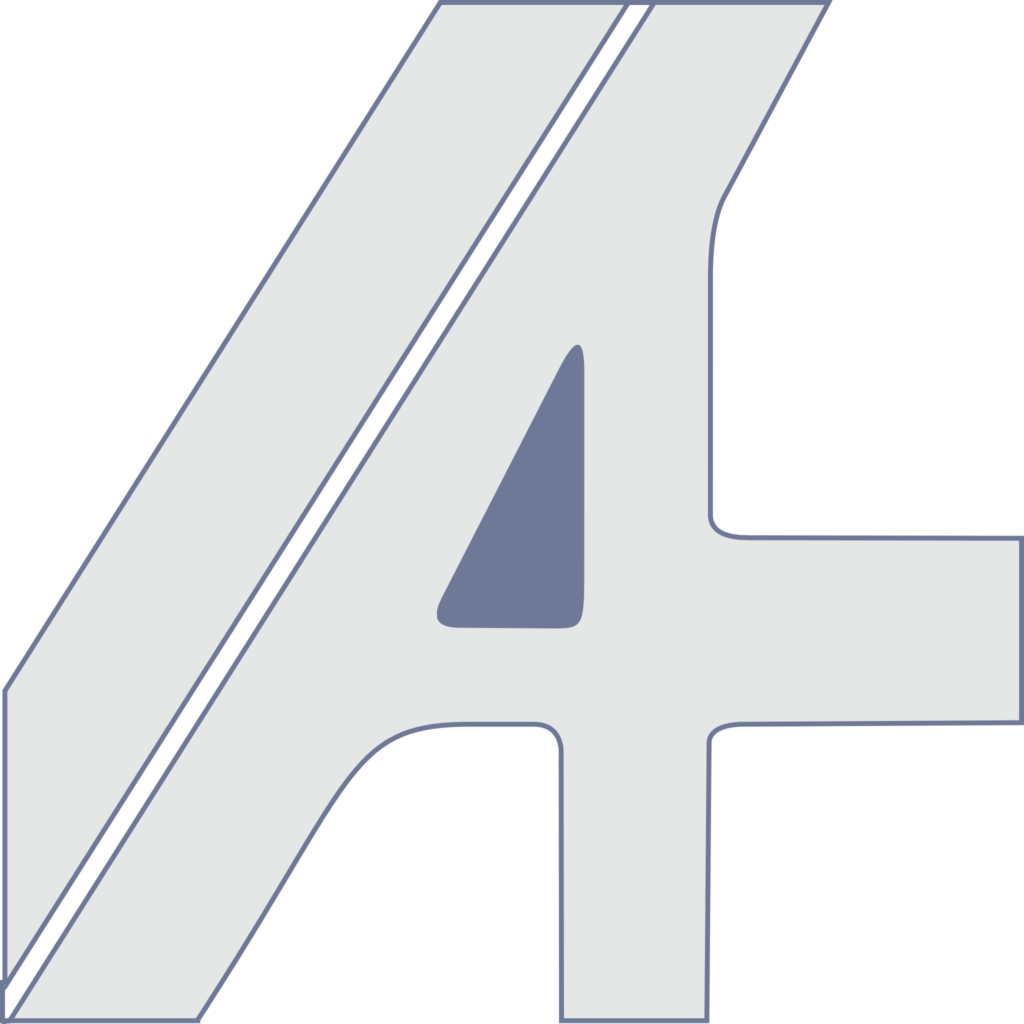
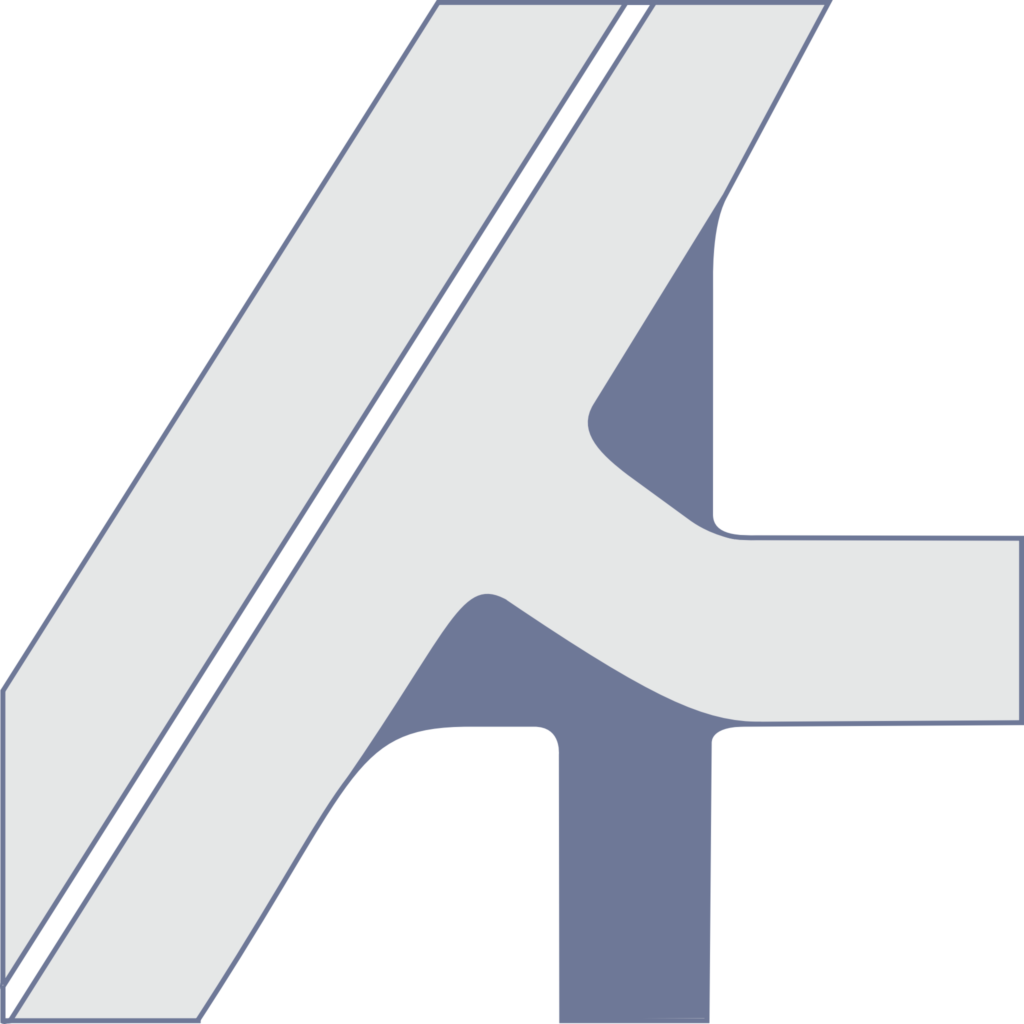
Large Ends
Organize and prioritize flows. Solution might be found in the network.
